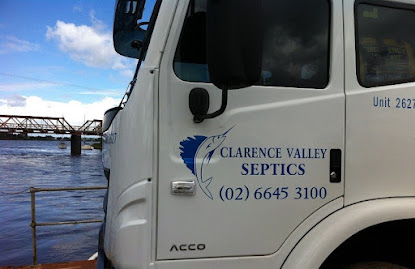The Crucial Steps of Industrial Liquid Waste Management
We are all well
aware of the environmental hazards that industries and their units have
inflicted on our surroundings for decades. One significant issue is the
generation of waste by various types of factories, manufacturing units, and
commercial establishments.
If we start discussing the harmful effects of waste and different types of waste, then it’ll be endless. Different kinds of waste contribute to various types of pollution and health hazards differently. For example, liquid waste is popularly known for mingling with natural bodies of water and harming the lives of aquatic and marine animals. It is also responsible for groundwater contamination, which leads to reduced plant growth and ultimately crop failure. Well, if we talk about waste in gaseous form, then it is very harmful to the atmosphere and contributes significantly to air pollution.
It releases certain
types of toxic fumes, which can further the spread of respiratory diseases in
humans and animals. Solid waste may contain certain chemicals that can be
harmful to the biodiversity of a region, as when animals, birds, and other
types of species consume it, it might result in fatalities among them. If you
talk about industries, then industrial liquid waste such as waste, oil,
solvents, and wastewater is considered the most harmful. It can disrupt public
health to a large extent and significantly affect many people living in and
around the area where this liquid waste has been disposed of unsafely.
It is for these
reasons that it is recommended that services related to industrial liquid waste
management and waste
oil collection must be adopted by all commercial establishments to
eradicate the harmful effects of waste. Doing this will not only reduce
pollution and promote public health, but it will also assist in saving a lot of
repair costs as liquid waste might interrupt the healthy functioning of urban
and rural systems. It has been observed that liquid waste also leads to clogs,
blockages, and leaks in the pipeline and other utility networks in our urban
areas.
Let us understand the entire process of liquid waste management briefly.
1. Gathering of Liquid Waste
Waste Management
companies usually visit the industries with all the necessary tools, equipment,
and vehicles required to collect the liquid waste. These companies can be
contacted beforehand, an appointment can be set, and accordingly, they will
visit your site to collect your liquid or any other type of waste.
2.
Segregation
This is one of
the most important steps when it comes to liquid waste management. In this
step, different types of liquid waste are separated and sorted according to
their nature. The primary purpose of segregating the waste is to treat it
according to its right style.
3. Storage
After the
segregation of waste, another important part of liquid waste management is
storing the different types of liquid waste in separate containers. For
example, solvents are kept in one container, and wastewater may be kept in
another container.
4. Labelling
It will not be
easy for professionals to identify which container has what type of liquid
waste and that is the reason most waste management companies try to properly
label the containers on the site of waste generation itself.
5. Transport
Once all the above
steps are done properly, the waste management company prepares itself to
transport the containers from the site of waste generation to the disposal
facility centres. This is done in vehicles that are specially designed for this
purpose.
6. Treatment
Treatment is the
last step in the process of management of liquid waste. In this step, the waste
management company tries to recycle or process the waste it has collected. At
times when the waste cannot be recycled easily, the company tries to dispose of
the liquid waste safely, taking into consideration the local laws and
international guidelines.
There has been a rise in the benefits of waste management and its benefits in Australia. If you are looking for industrial liquid waste management services and waste oil collection facilities in Australia, you can contact Clarence Valley septics. Apart from having years of experience in dealing with all types of liquid waste, the company is also empowered with the latest technology that is required for smooth and efficient waste management. Its expert professionals will analyse, evaluate, and judge your situation of waste management and will further guide you with all your needs for liquid waste disposal. If you need customised solutions, then this company is the perfect choice for you. Clarence Valley Septic is legally aware of the laws and regulations of Australia, and if you wish to know more about its services, you can contact its officials directly.





Comments
Post a Comment